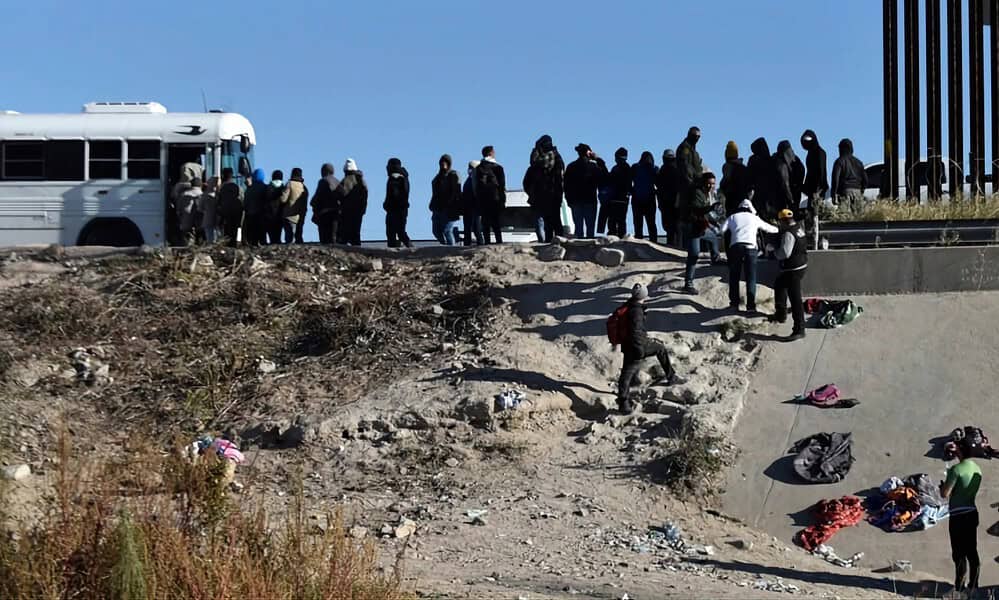The Mexican Commission for Assistance to Refugees (COMAR) announced that there are currently more Cuban immigrants than Haitians in Tapachula, Mexico.
A fact that seemed impossible to record even a few weeks ago. Let’s keep in mind that there are thousands of Haitians residing long term in that area of the state of Chiapas. Their goal is to continue traveling towards the United States.
One of the many Cubans stranded in Tapachula is Yumara. “No one wants to stay in Mexico,” she told 14ymedio. The young woman has been in the aforementioned Aztec region for exactly a month and is awaiting supplementary protection from COMAR.
This “explicit authorization” means you will be able to stay there until you get an appointment through the CBP One app. Only then will you be able to come for a political asylum interview in the United States.
This weekend, David Pérez Tejada Padilla, who is in charge of immigration offices in Baja California, said that appointments will increase very soon.
However, this expectation has not yet been fulfilled. The fact is that hundreds of illegal immigrants arrive daily from various countries and continents seeking to reach the United States via CBP One.
The numbers of immigrants will reach record levels
Mexican immigration authorities estimate that by the end of the current year 2023, the number of migrants arriving in its territory will exceed previous numbers.
Kumar confirms that the migrant movement exceeds the numbers recorded in 2021. “It was never around 100,000 at the end of August, so estimates indicate that at the end of the year it will exceed 150,000.”
Meanwhile, coordinator of AC’s Center for Human Dignity, Luis García Villagran, warned of the arrival of at least 200,000 additional migrants. Most of them are in different regions of Central America. Migrants from Cuba and Venezuela are prominent.

“Music buff. Social media lover. Web specialist. Analyst. Organizer. Travel trailblazer.”




:quality(85)/cloudfront-us-east-1.images.arcpublishing.com/infobae/SXDWOIO7O5FMZOWUATFEXQYWTY.jpg)


More Stories
They condemn the irregularities that occurred in the installation of voting tables in the presidential elections in Venezuela.
At least 50 Cubans stranded in Peru after flight to Nicaragua canceled
Censorship in Venezuela: Condemn Chavism’s Blockade of Three Media Days Ahead of Elections